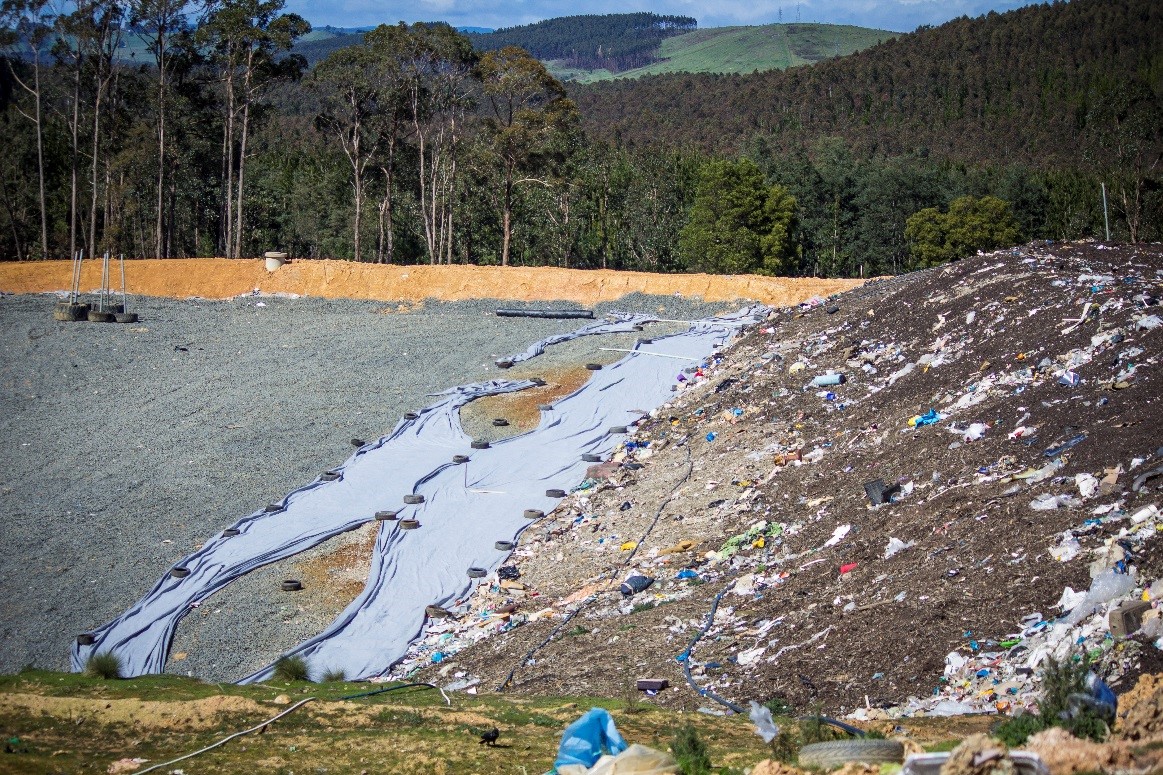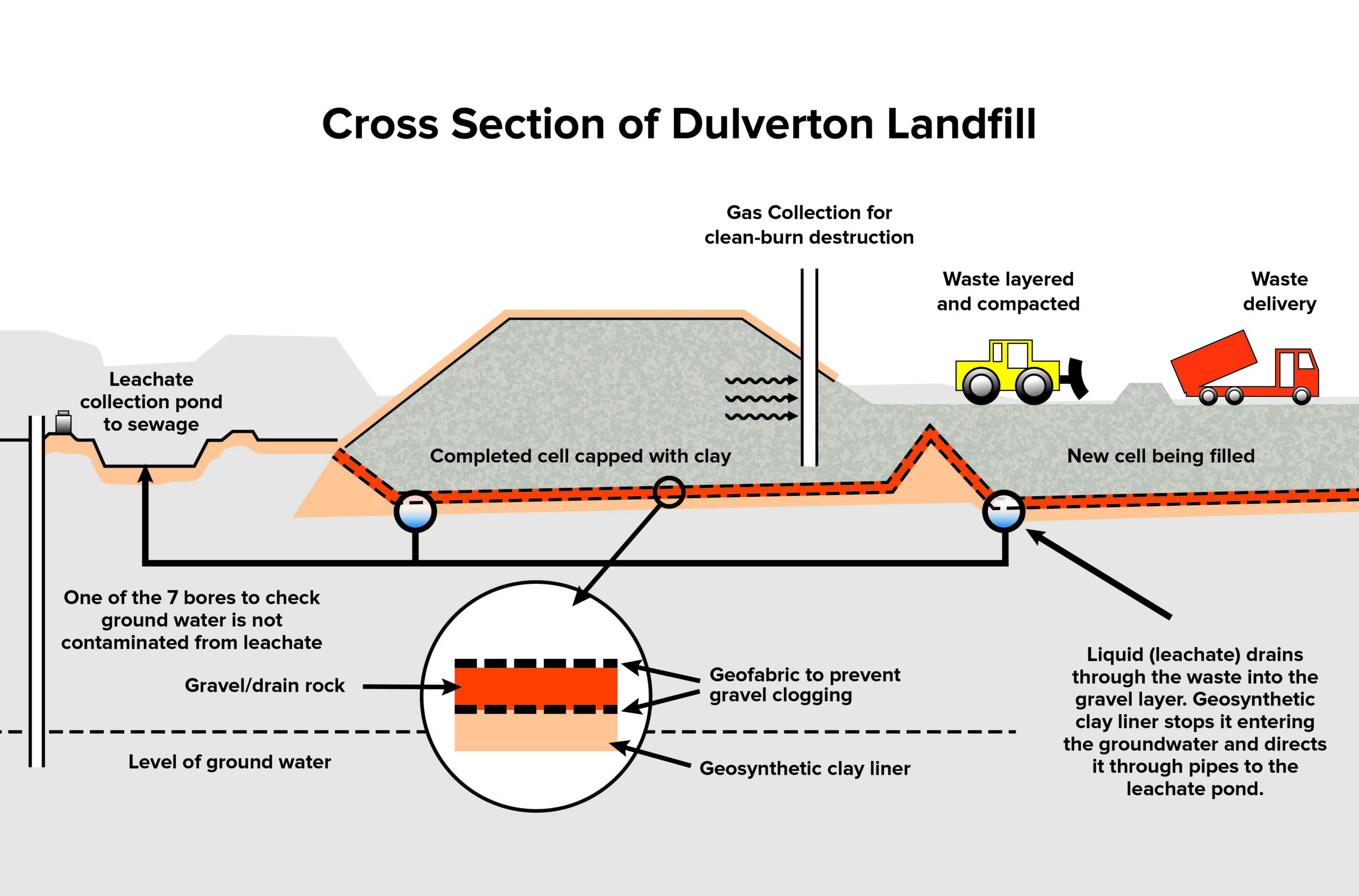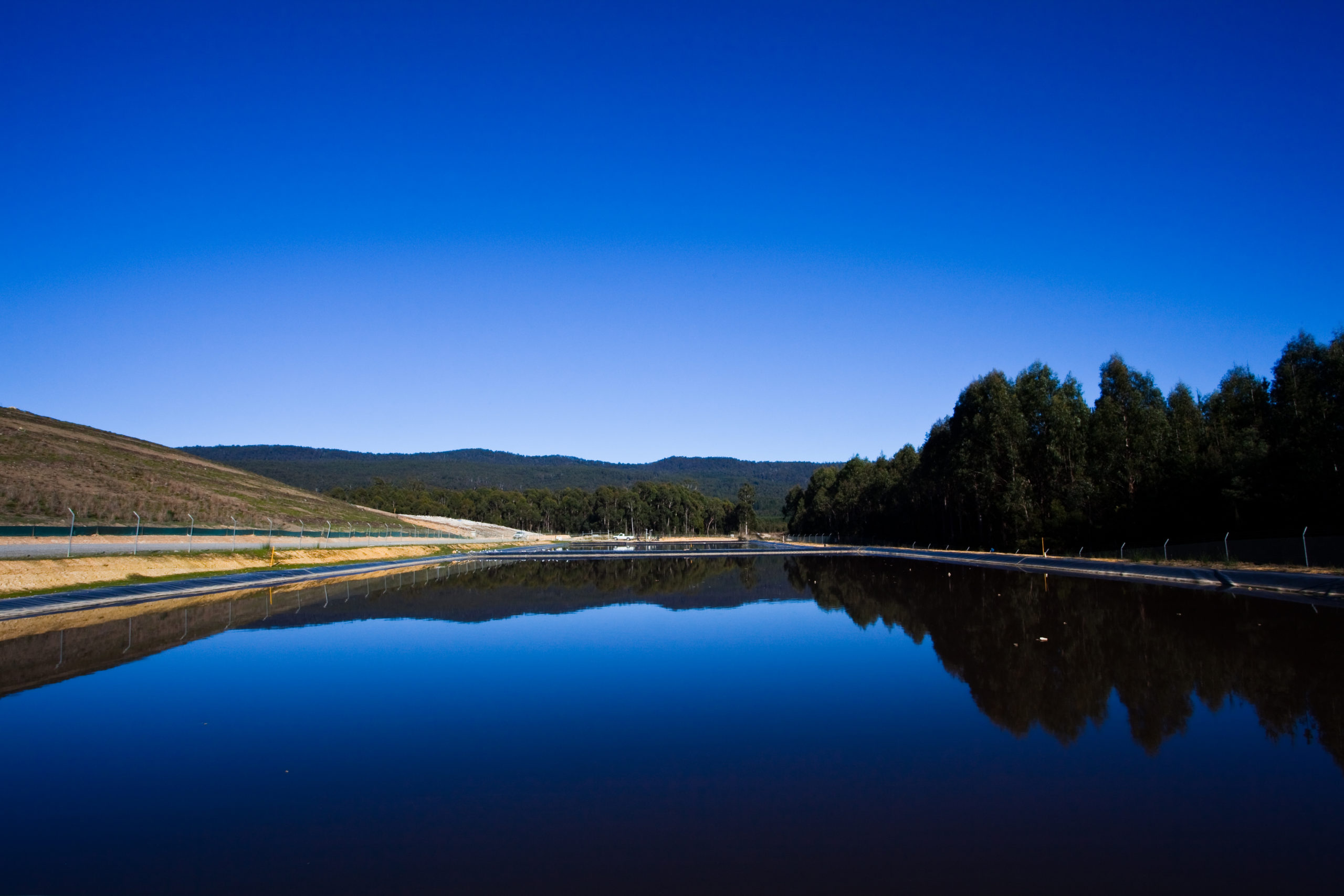Landfills are the oldest and most common form of solid waste disposal.
Originally, they were just open holes in the ground where we dumped our rubbish. Old landfills were unmonitored, attracted disease-carrying pests, and created widespread contamination.
It wasn’t pleasant. Everyone had to put up with dust, bad odours, and noise pollution. But then we discovered that landfills were also having a major impact on global warming and our health.
Things had to change.
Today, Tasmanian landfills are precision-engineered structures. They’re designed to protect the environment from pollutants and are managed under strict regulations.
Let’s take a closer look at how they’ve improved.


